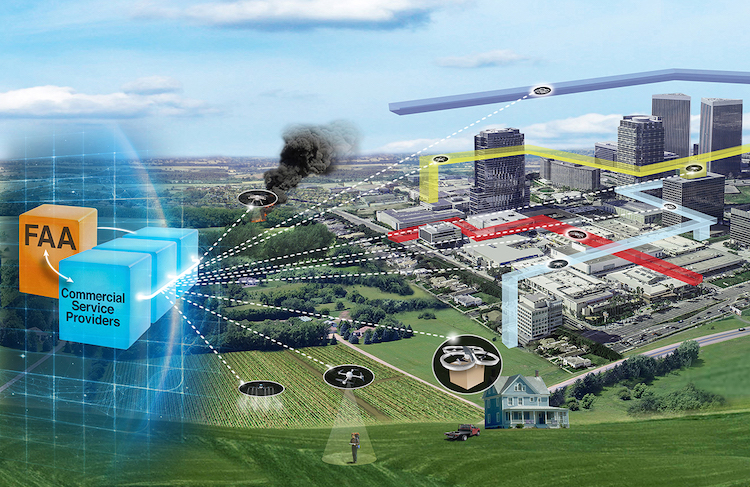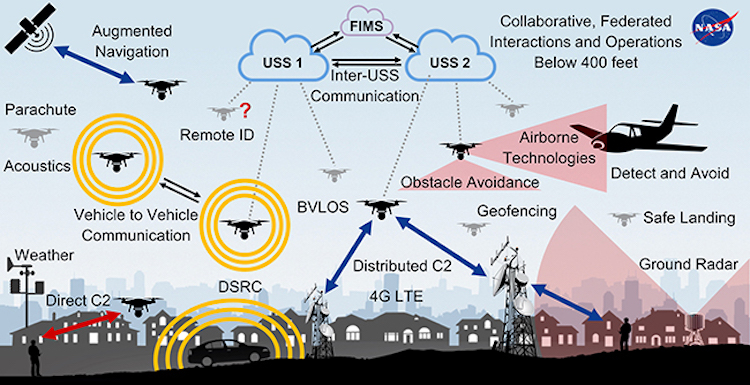
US gives Amazon permission to make drone deliveries
The US Federal Aviation Administration has given Amazon permission to make drone deliveries, certifying the company as an “air carrier” – basically like an airline company.
The world’s largest online retailer has been trying to get permits to operate its Amazon Prime Air drones for several years, making test deliveries by drones while it waits.
One sticking point was that the FAA had originally wanted drone operators to maintain human vision on the drone while in the air.
Meaning that the human operator of the drone must at all times be able to see the drone, whether it is in the air or on land.
However, that request seems to have been bypassed, probably as a result of ongoing development of infrastructure to electronically monitor drones through a vast mini air traffic control system currently being developed by NASA and its partners.

In a statement, published on the Los Angeles Times website, David Carbon, the Amazon vice president responsible for Prime Air, says: “This certification is an important step forward for Prime Air and indicates the FAA’s confidence in Amazon’s operating and safety procedures for an autonomous drone delivery service that will one day deliver packages to our customers around the world.”
Amazon is one of several companies which have either been given federal approval to operate drones or are in the process of applying for them.
These companies include FedEx, Wing, and UPS, Airbus and Boing, among others. A future with more commercial drones in the skies seems inevitable.
And while Amazon, UPS and FedEx are developing drones to carry cargo and shopping items, others such as Airbus and Boeing are developing flying taxis to ferry humans from one place to another, although permits for pilotless human transport may take several years.
All of this new Fifth Element-type traffic is to be managed through infrastructure developed by NASA, called the Unmanned Aircraft Traffic Management System (main picture).
Still at an early stage, the NASA patent for traffic management of unmanned aircraft system vehicles has been awarded the 2020 Government Invention of the Year.
The technology is being designed to enable civilian low altitude goods and service delivery by unmanned aerial systems – drones – while maintaining safe and efficient operations for goods and services delivery.
Progress has been made fast, but it will likely be at least another five years before full implementation of the network.


